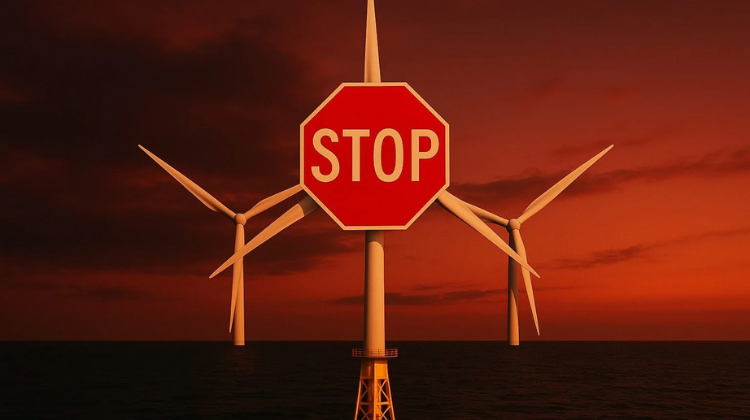China is cementing its position as the world’s largest energy investor, doubling the European Union’s energy spending and nearing the combined total of the EU and the United States. This is one of the main findings of the World Energy Investment 2025 report by the International Energy Agency (IEA), which forecasts a global energy investment record of USD 3.3 trillion for this year.
Of this, USD 2.2 trillion will be channelled into clean energy technologies, including renewables, nuclear, grids, storage, energy efficiency and electrification, while fossil fuels are expected to receive USD 1.1 trillion. “Energy security is the primary driver behind this unprecedented surge in global investment,” states Fatih Birol, Executive Director of the IEA.

China and the dawn of the electricity age
China’s share of global clean energy investment has grown from 25% to almost a third over the past decade. “China is spending nearly as much as the European Union and the United States combined,” Birol emphasises. The country leads across a wide array of technologies: solar, wind, hydropower, nuclear, batteries and electric vehicles.
A structural shift towards electricity is underway. A decade ago, investment in fossil fuels outpaced that in power generation, grids and storage by 30%. In 2025, electricity-related investment will be 50% higher than that in fossil fuels.
Solar and storage: cornerstones of the transition
Solar PV, including utility-scale and rooftop systems, will be the largest single item in the global energy investment inventory, with a projected investment of USD 450 billion in 2025.
Battery storage investment is also growing fast, expected to exceed USD 65 billion this year, fuelled by falling costs and expanding capacity in multiple markets.
Power grids: the major bottleneck
The report flags a critical imbalance: power grid investment, currently around USD 400 billion per year, is not keeping pace with electrification trends. “Maintaining electricity security requires grid investment to rise to match generation spending by the early 2030s,” the IEA warns.
Key barriers include lengthy permitting processes and bottlenecks in supply chains, particularly for transformers and cables in Europe and the United States.
Nuclear and gas: strategic comebacks
Investment in nuclear energy has increased by 50% over the past five years, with projected spending reaching USD 75 billion in 2025. The growing demand for firm capacity from data centres and AI applications is driving renewed interest in small modular reactors (SMRs), especially in Europe and North America.
Final investment decisions for gas-fired generation have also rebounded, particularly in the US and the Middle East. The expected growth in AI-driven power demand could require over USD 170 billion in new generation capacity by 2030.
Fossil fuels: decline and contradictions
While fossil fuel investment is generally declining, coal is resurging in China and India. In 2024, China began building nearly 100 GW of new coal-fired capacity, pushing global approvals to their highest level since 2015. In contrast, no new steam turbine orders for coal were registered in advanced economies—a first in modern history.
Meanwhile, upstream oil investment is set to fall by 6% year-on-year, the first drop since the 2020 COVID-19 crisis, largely due to a sharp reduction in US tight oil spending. However, LNG investment is booming, with new projects in the US, Canada, Qatar and elsewhere leading to the largest-ever global capacity expansion between 2026 and 2028.
Africa and emerging economies: the investment gap
Africa, home to 20% of the global population, receives only 2% of global clean energy investment. “Total investment across the continent has fallen by a third over the past decade,” the IEA warns. Debt servicing alone accounts for 85% of Africa’s total energy investment in 2025, making infrastructure development extremely difficult.
To close this gap, the report urges a major scale-up in international public finance, used strategically to crowd in significantly more private capital.
Electrification and efficiency: still lagging
The IEA underscores that achieving COP28 goals will require tripling global renewable capacity and improving energy efficiency by 4% annually through 2030. Yet current investment levels fall short.
Electrification across transport, buildings and industry is gaining momentum, with EVs, heat pumps and building retrofits expected to attract around USD 800 billion in 2025 alone.
Global energy investment is reaching historic highs, led by China’s dominance, solar’s scalability and storage growth. However, grid constraints, Africa’s marginalisation and the uneven regional distribution of capital remain key risks to a stable and inclusive transition.
“The electricity age is no longer a future scenario. It is unfolding now, and countries that fail to invest at the right pace risk being left behind,” concludes Fatih Birol.






























